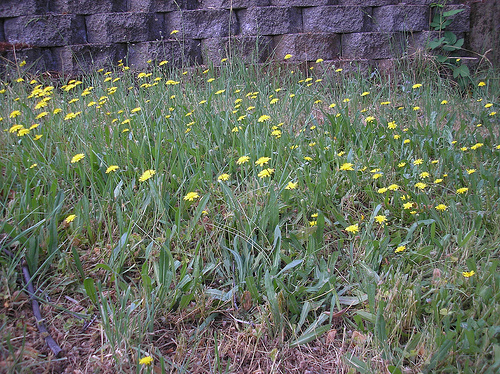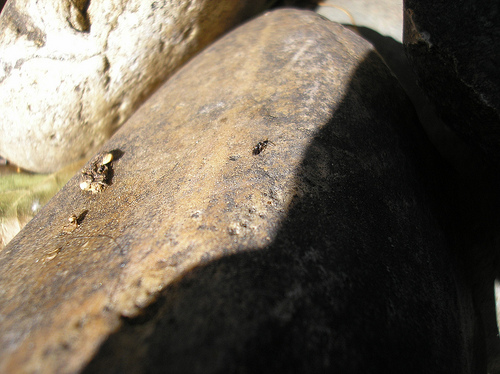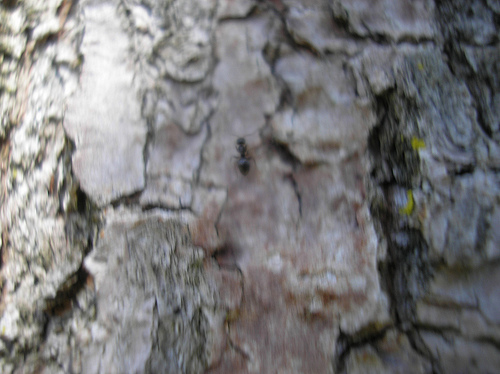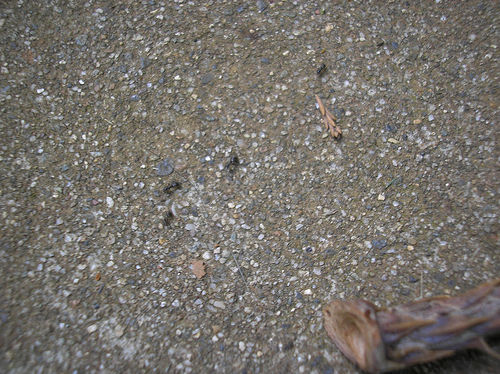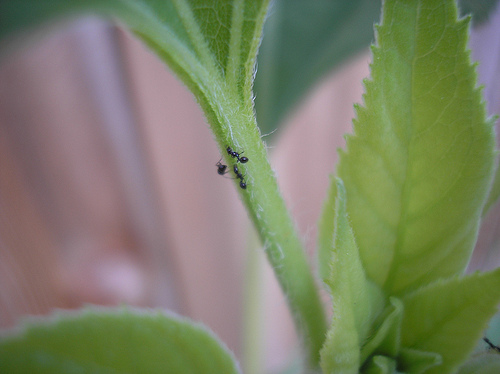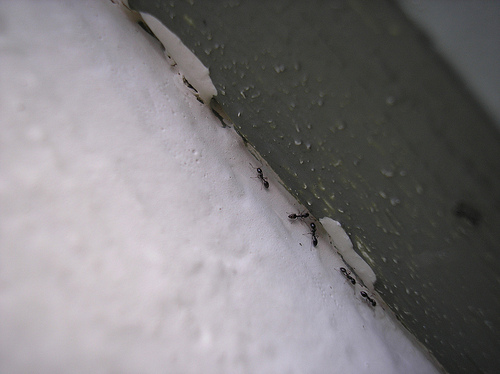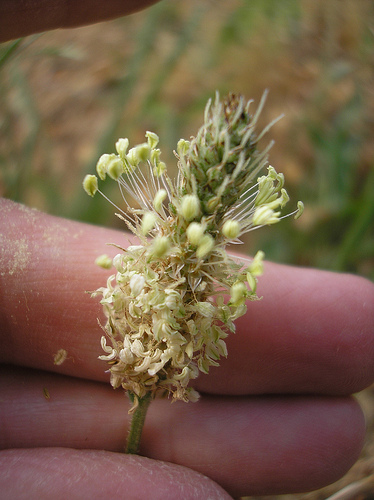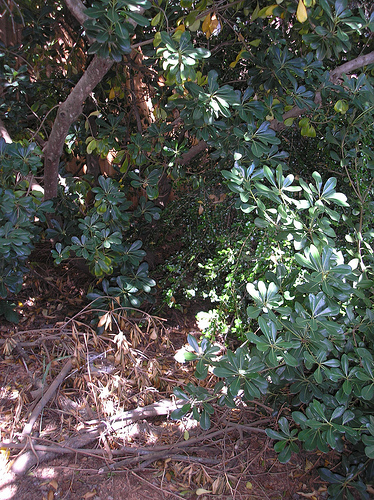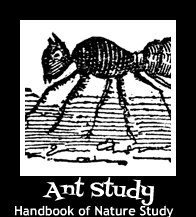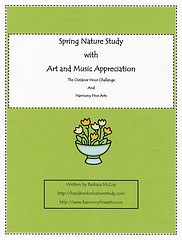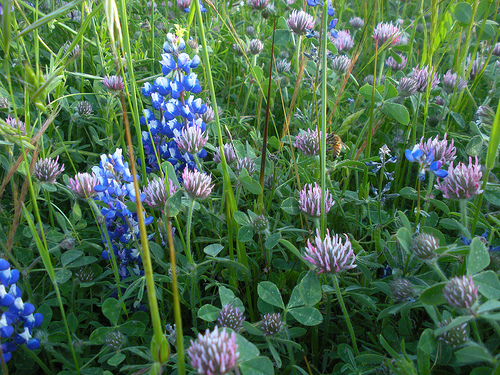
We were not even out to find any grasshoppers but guess who crossed our path? Mr. A spotted this big guy in the grass along the hiking trail! He was about three inches in length and actually kind of pretty.
More on our grasshopper/cricket/katydid study later….since we haven’t done the reading and comparing yet.







































